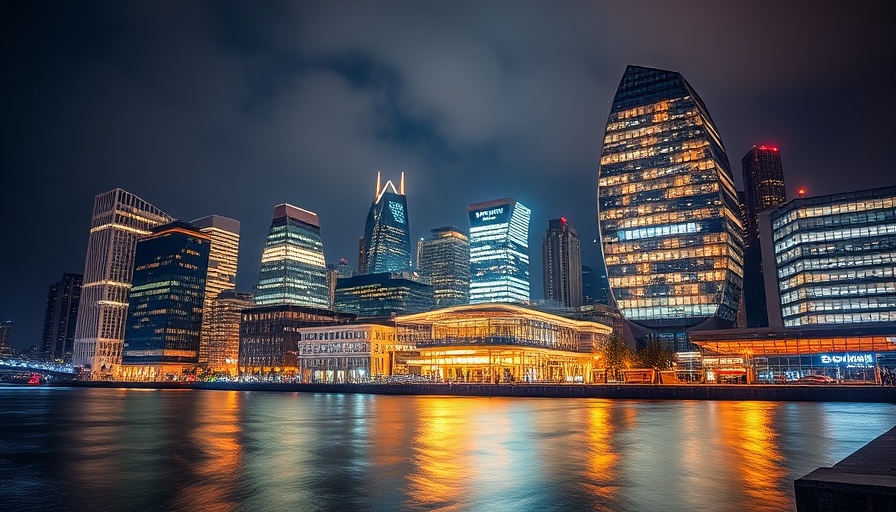
Canary Wharf's Bold Commitment to Sustainability
Canary Wharf is not just a central business district; it's redefining the way urban spaces can coexist with nature. The Canary Wharf Group's drive towards a greener future is reshaping London's iconic skyline while also addressing sustainability concerns that are crucial in today’s climate-conscious society. By integrating innovative green practices into their developments, the Canary Wharf Group is pioneering urban sustainability.
Setting a Benchmark in Urban Development
As one of the UK's key property developers, the Canary Wharf Group has set ambitious goals to lead in sustainability, including achieving net zero carbon emissions by 2030. This commitment not only supports environmental stewardship but also enhances the area's economic viability. Community engagement initiatives ensure that local voices are heard in the decision-making process, making the developments more inclusive. This is evident in the creation of mixed-use properties, catering to various community needs from affordable housing to luxury apartments.
Transforming Urban Spaces: More Than Just a Business District
From its humble beginnings as a bustling docklands to a thriving urban hub, Canary Wharf's transformation is a testament to successful urban development. Over 54 million visitors enjoy its parks and spaces each year, reflecting its emergence as a vibrant destination beyond merely a corporate environment. The extensive green infrastructure, including parks like Jubilee Park and the Crossrail Place Roof Garden, enhances community well-being and promotes environmental health.
The Future Looks Green: Sustainability Strategies
The emphasis on sustainability isn’t merely a trend; it’s embedded in the Canary Wharf Group's operations. Initiatives like a complete switch to renewable energy sources and designs that incorporate biodiversity are reshaping how urban spaces function. For example, the company is repurposing disused spaces, like underground car parks, into community-centric projects such as go-kart circuits and green areas. Their collaborative efforts with biodiversity groups ensure that nature plays a central role in urban planning.
Challenges and Solutions: Water Management in Urban Development
One of the biggest hurdles for the Canary Wharf Group has been the geographical challenges posed by its proximity to water. Ingenious engineering solutions address these issues, allowing for the development of safe, sustainable structures that thrive despite environmental challenges. This foresight highlights how adaptability is a crucial component in urban planning, particularly in climate-prone areas.
Getting Social: Community Engagement and Development
Community engagement in Canary Wharf has led to innovative solutions in housing. The Group’s partnership with local authorities focuses on developing social housing alongside high-end residences, promoting a diverse living environment and fostering social cohesion. Programs aimed at ensuring affordable housing for local workers reflect a commitment to social responsibility, aligning with broader trends in sustainable business practices.
Looking Ahead: Future Trends in Urban Development
The Canary Wharf Group is not merely reacting to current trends; it’s anticipating future demands. As work patterns evolve with increasing remote opportunities, the Group is prioritizing mixed-use developments that integrate residential spaces with commercial needs. This approach caters to both current residents and future generations, ensuring that Canary Wharf remains a desirable location.
Conclusion: The Path to a Sustainable Urban Future
Canary Wharf's journey towards sustainability offers valuable lessons for urban developers worldwide. By embracing innovative practices and prioritizing community needs, Canary Wharf exemplifies how urban areas can thrive while being stewards of the environment. Such developments signal a burgeoning trend towards integrating eco-friendly practices into urban planning strategies, emphasizing the importance of sustainability in business growth.
If you are curious about the evolving landscape of urban development and sustainability, consider delving into how your own community can adopt these innovative practices for a greener future.
 Add Row
Add Row  Add
Add 



Write A Comment